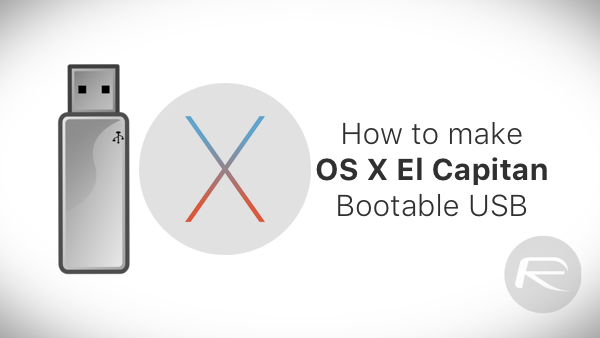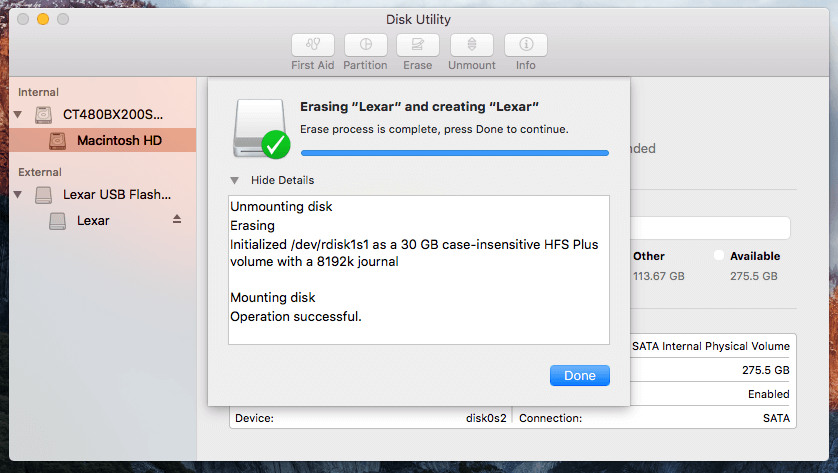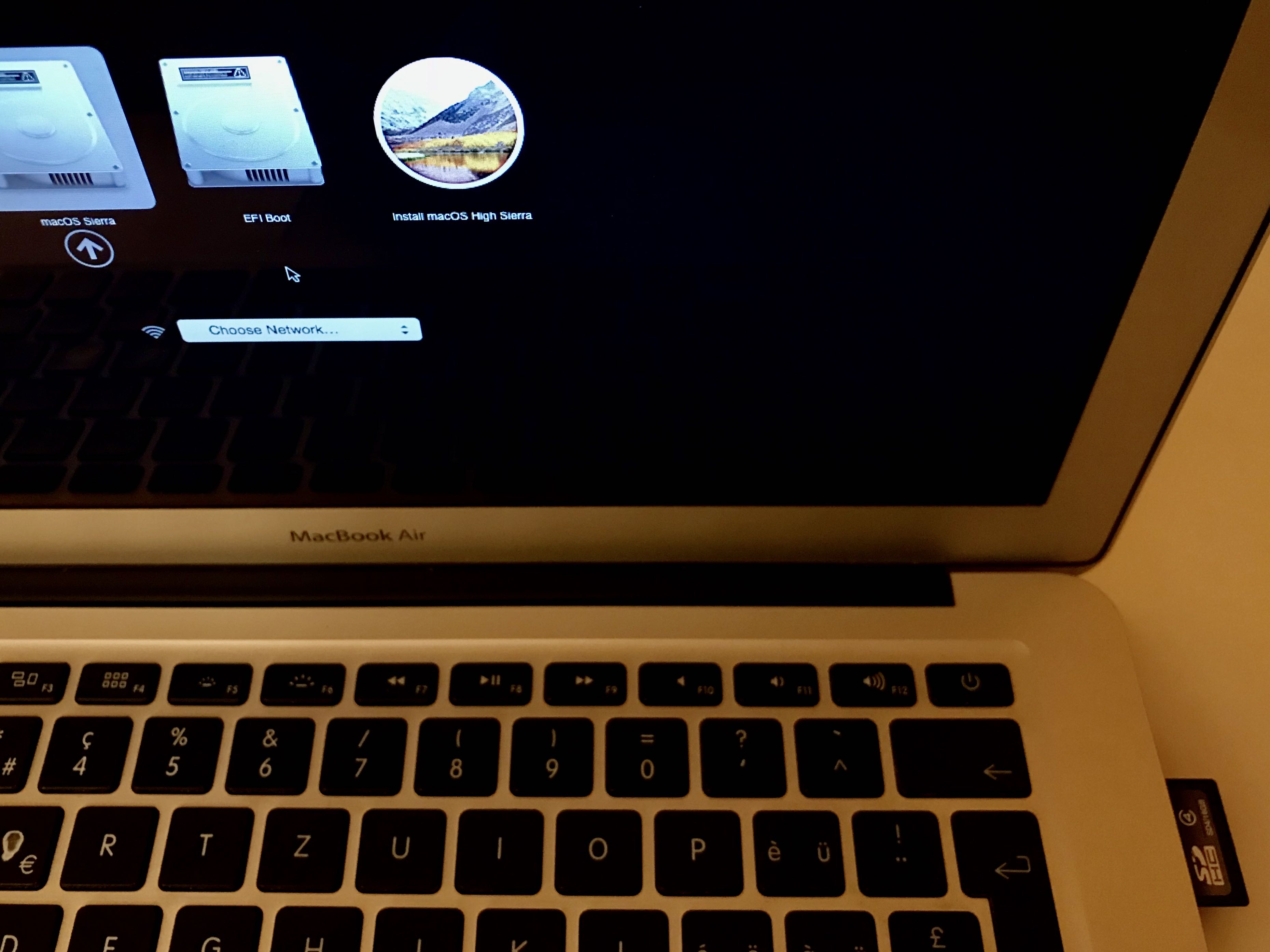

To do this, you’ll need to prepare your USB drive with the installation files. This is especially beneficial to Macbook Air users looking to install the OS without a DVD drive. Like other versions of OS X, Snow Leopard can be installed from a USB drive. With the operating system available to customers, individuals are ready for their upgrades. It was one of the most well received versions of OS X before Apple transitioned to calling their primary Mac operating system MacOS.Īt version 10.6, Snow Leopard, focused more on improving speed and performance than adding new features to OS X. Alternatively, you can also read these instructions on how to install OS X Lion from a USB Flash Drive.Īpple officially released Snow Leopard in 2009.


You can leave a comment on my original post.The steps below will guide you through how to Install OS X Snow Leopard from a USB Flash Drive. To mount the drive again, without having to take it out and plugging it in again, I can issue this command: We need to specify the location of the partition with its full path (i.e. On my system I have two internal hard disks (disk0 and disk1), and one external USB drive (disk2). It is those partitions we’ll mount and unmount, NOT the physical drive. Make a mental note of the latter: you’ll see that we have a physical disk (like disk0), on which several partitions may have been created. dev/disk0, /dev/disk1, etc), as well as with their respective partitions if available on the right (like disk0s1, disk1s2, etc).

You’ll see output like this:Ģ: Apple_HFS Macintosh SSD 511.3 GB disk0s2ģ: Apple_Boot Recovery HD 650.0 MB disk0s3Ģ: Apple_HFS Mac HDD 1TB 999.9 GB disk1s2Īttached drives are listed with their physical locations on the left (i.e. To see what’s currently attached to your Mac, let’s use the diskutil command, followed by the word list. Fire up a Terminal session and see how to do it. However, there is a way to do this via the command line, of which I am a big fan. Mounting usually happens automatically when a new drive is inserted into a USB port or SD card slot. Unmounting external drives on a Mac is usually done quick and simple by either dragging drive icon to the trash, or by using the eject symbol in a Finder window.


 0 kommentar(er)
0 kommentar(er)
